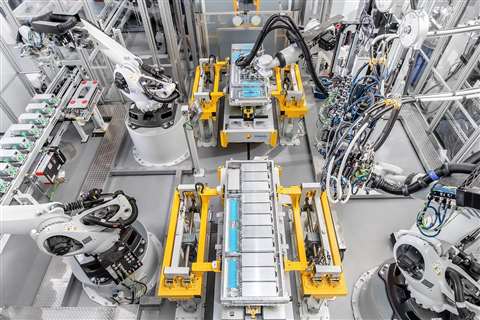
Webasto wants to be mobile equipment industry’s lithium-ion battery provider
22 January 2021
Webasto has become a full-scale supplier of battery-electric systems to the commercial vehicle and off-highway equipment markets.
By Chad Elmore
Josh Lupu got to drive Webasto’s Ford Mustang Lithium, a one-off show car the company equipped with an 800v lithium-ion battery pack and gave as much as 1000 ft-lb of torque and more than 900 hp.
“It’s an absolute animal,” said Lupu, director of Marketing for Webasto Thermo & Comfort North America Inc., Fenton, Mich. “It’s hard to describe unless you’ve driven an electric vehicle, but I’ve driven and owned 750-plus horsepower Mustangs and this one blows them all away. It has so much power and torque on demand – tame and drivable when you want it to be, and a beast at the touch of a button.”
The car was part of Ford Motor Co.’s booth during the 2019 Specialty Equipment Manufacturers Association (SEMA) Show in Las Vegas, where it won the automaker’s Best of Show Stand Award for Outstanding Achievement in Design.
For the reader to dismiss Webasto’s battery-electric Mustang as just another wild “SEMA car” would be to overlook what it represented: the company is now a full-scale supplier of battery-electric systems to the commercial vehicle and off-highway equipment markets. The Las Vegas show was its North American debut in the electric vehicle marketplace.
Founded in 1901, Webasto Group partners with original equipment manufacturers (OEMs) around the world. Its product portfolio comprises a broad range of roof systems and heating and air conditioning units for nearly every type of vehicle. It supplies battery charging equipment to some of the world’s best-known automobile and on-highway truck brands. In 2019, the Munich, Germany, based company reported sales of 3.7 billion euros through the help of more than 14,000 employees in 50 locations – 30 of which are factories.
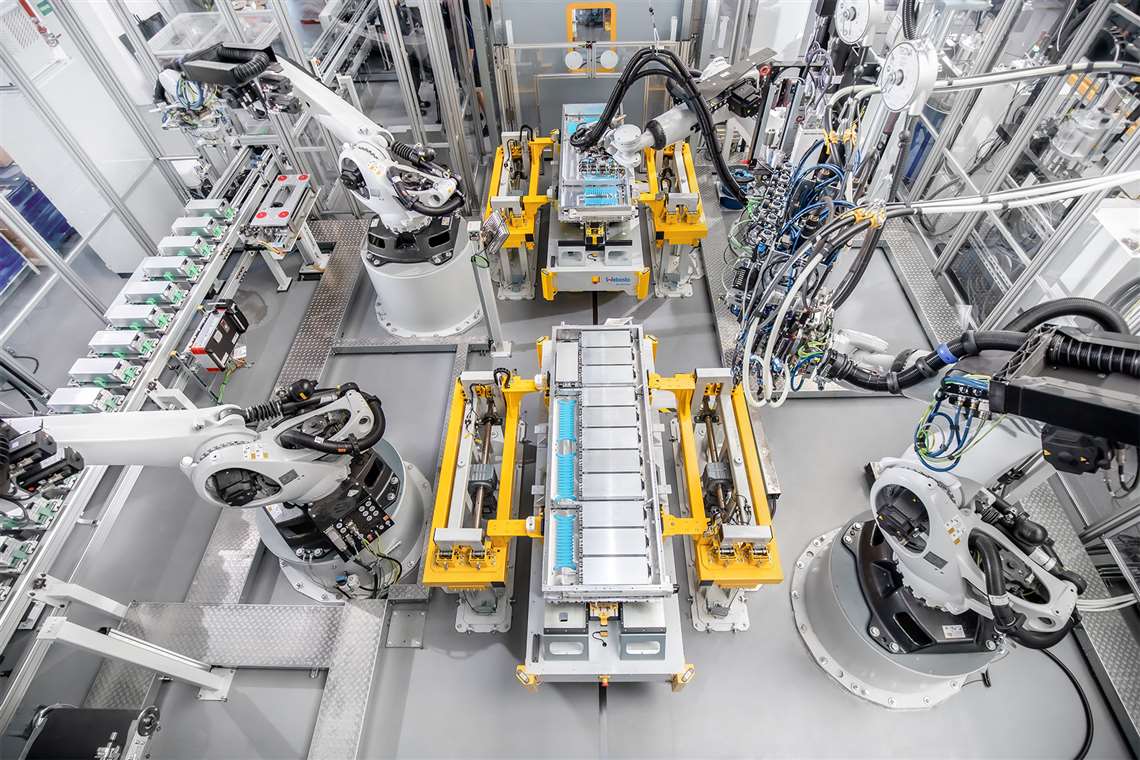
Electric vision
The company’s journey to electric vehicle supplier began in 2010, when it looked at market trends and drew a roadmap to future products. The first arrived in 2014, when it introduced its High Voltage Heater (HVH) as part of a strategic plan to supply OEM customers that were moving into the e-mobility space.
“A lot of our customers know us from our fuel-operated heaters or our air conditioning products,” said Lupu. “The high-voltage heater was our first step into high-voltage products for electric vehicles.”
Initially launched for automobiles, the HVH product line quickly expanded to include commercial and heavy-duty applications. The HVH 100 heater is used to provide passenger comfort in electric and hybrid buses and commercial vehicles and keeps the vehicle’s battery at an optimal temperature to help prevent range reduction caused by the heat output. Using an efficient heating layer technology, the company said the heater converts stored electrical energy into heat at an efficiency rate that is constantly above 95%. The unit weighs 2.7 kg and requires a small installation space. It is designed for on-board power supply voltages of between 250v and 870v.
Webasto then started developing batteries and charging stations for the European market in 2016 and introduced a standard commercial vehicle battery shortly after. In the United States, the company acquired the Efficient Energy Systems (EES) business segment from Monrovia, Calif.-based AeroVironment Inc. in 2018. With the renamed Webasto Charging Systems Inc., the company had a line of proven Level 2 ac battery charging systems and battery test equipment.
“With our expertise in heating and cooling systems, it was a natural progression to take what we learned with our High Voltage Heater and then apply that to full thermal management systems for battery packs,” said Lupu. “To maximize their packaging space engineers, want to get as much energy from the batteries as they can for the application. The ability to achieve optimum performance from the battery consistently over a long period of time is where thermal management comes in. And that’s our expertise. We can help significantly extend the performance and range of the vehicle.”
Webasto builds batteries on a robotic production line in Schierling, Germany, that it said is easily scalable as production ramps up. The company also operates a prototype construction and validation center in the city of Hengersberg, Germany. The cells for its commercial vehicle batteries are sourced from Samsung SDI, a partner since 2018.
Horse show
Lupu said the Mustang Lithium project was developed to prove battery electric vehicles could be exciting while also showcasing the dedication and technological expertise found throughout the company’s product development teams. The Mustang was among several vehicle proposals selected by Ford through its Project Vehicle Program.
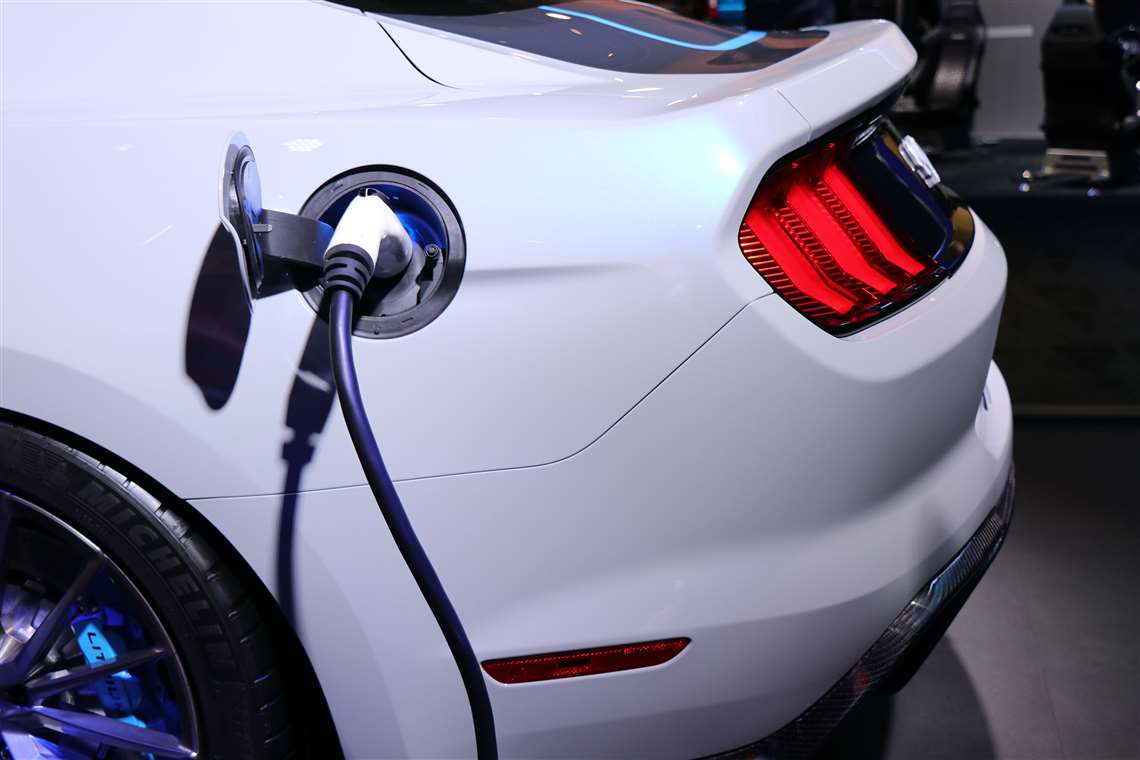
“We developed a custom system for that car,” said Lupu, “which is a little different from our commercial vehicle product, but the link is that we put an incredible amount of passion, drive, quality and expertise in the project – along with countless hours. We put the same into level of commitment into our commercial products.”
The Webasto CV (commercial vehicle) Standard Battery system is designed for scalability and configuration flexibility to meet the requirements of commercial vehicle manufacturers that want a cost-efficient solution in small quantities or mass production, said the company.
The compact, energy-dense format make the battery packs easy for engineers to configure for use on virtually any vehicle platform, said the company. Each battery pack has 35 kWh of energy and up to 10 packs can be used for a combined 350 kWh. With 400v and 800v versions available, the system can be configured via the vehicle interface box (VIB), the master battery management system and power distribution unit. The company said it is a plug-and-play system that can reduce development time and cost for the vehicle manufacturer.
Within the battery pack, the self-contained modules include desiccant cartridges that reduce condensation, integrated thermal runaway detection sensors and pressure equalization monitors for added safety.
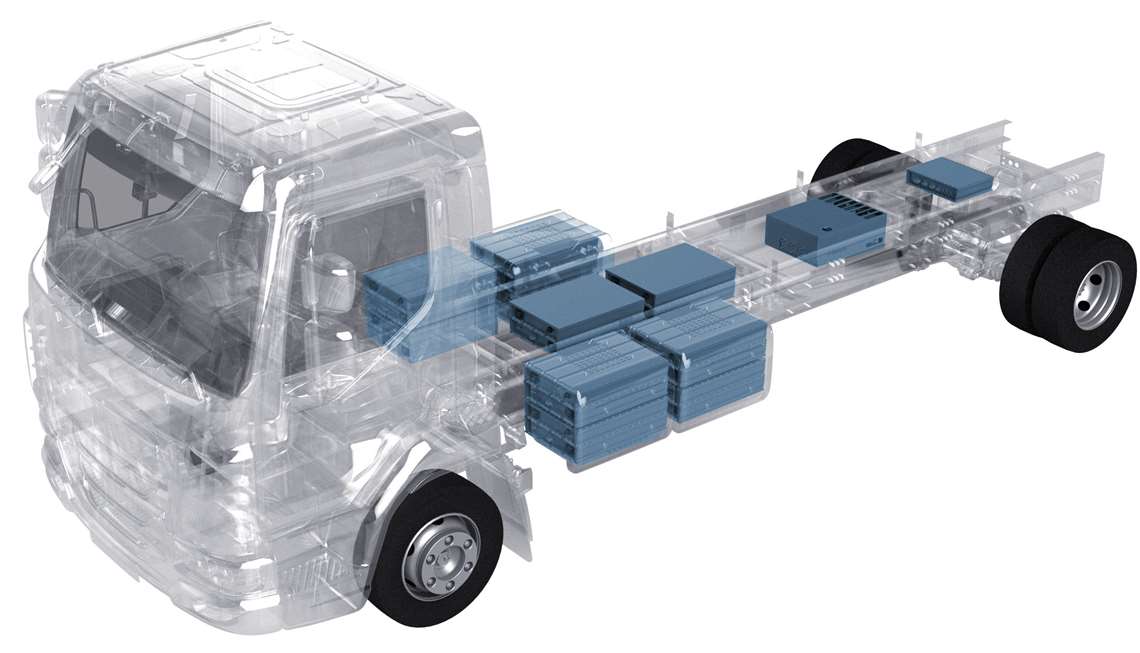
For conditioning, the company offers off-the-shelf solutions for the CV Standard Battery and custom developments for OEM projects. Using active and passive cooling, electric fluid heating and heat pump configurations, the thermal management system keeps battery systems in optimum operating temperature.
“Our expansion into battery systems, battery testing equipment, thermal management and charging systems means that both small and large manufacturers now have a respected supplier with decades of experience working within the complex vehicle manufacturing environment, as well as with dealers across North America, Europe and China,” said Mark Denny, president and CEO of Webasto Thermo & Comfort North America Inc., when the show car was introduced last year.
The marketing team’s plan was to take the Mustang on a tour of trade shows in 2020, and it did make an appearance on the Webasto booth during the Work Truck Show held Indianapolis in early March, shortly before concerns related to COVID-19 put live events on hold. “We were pleased with the results from that show,” said Lupu. “Having a Mustang in the middle of refuse vehicles and service trucks could have been a mismatch, but the car really stood out and made an impact. We were overwhelmed with the positive response.”
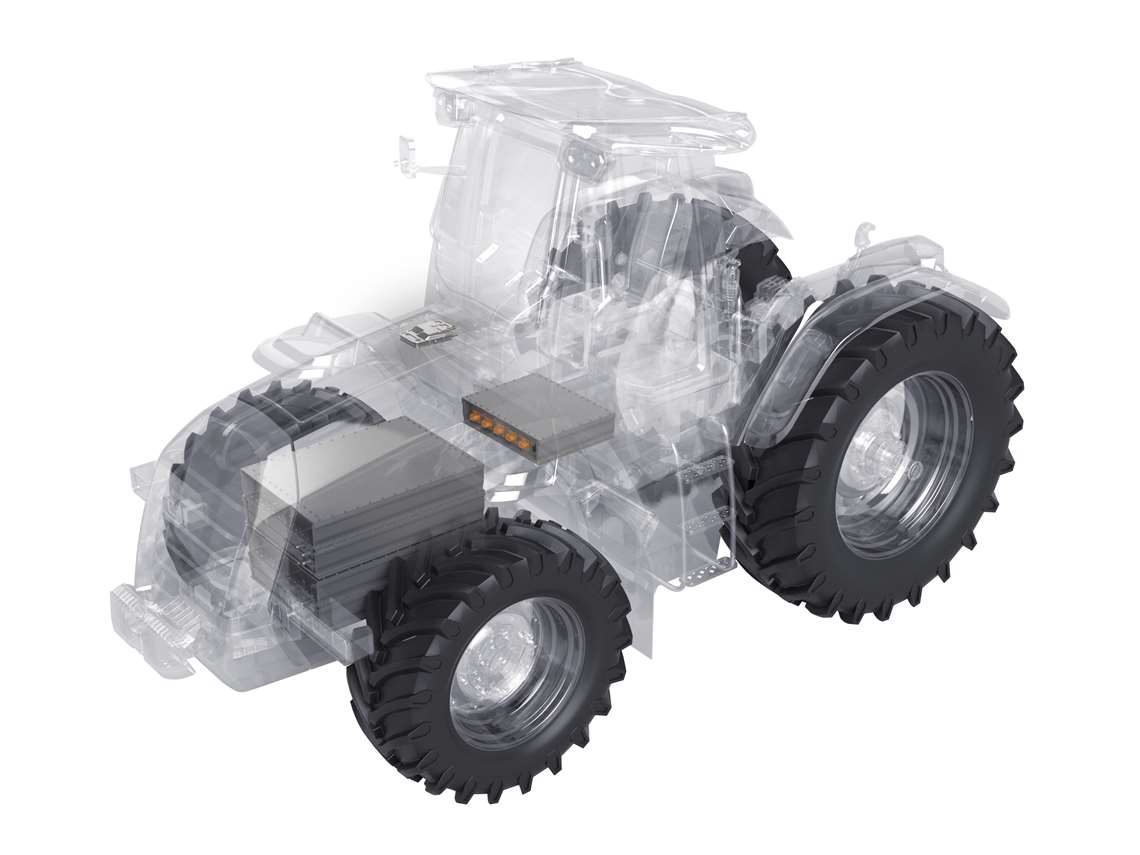
With much of the off-highway equipment market in the research and development stage when it comes to fully electric vehicles, Lupu said Webasto is ready to support new and existing customers.
“That’s the fun part of the process, and we’re doing a lot of that right now, working with OEMs, integrators, upfitters and body builders on their prototypes. They might need one system for the prototype, then need more as they move to their pilot vehicles. Our CV Standard Battery makes that process seamless for any size company, whether it’s a small startup that doesn’t have the resources for extensive prototyping or testing or it’s one of the large, traditional OEMs that’s putting their first electric vehicle out. We have a complete turnkey system that helps make the prototype process go quickly and efficiently.”
This article was originally published in the December 2020 issue of Diesel Progress. for a free subscription, click here.
STAY CONNECTED




Receive the information you need when you need it through our world-leading magazines, newsletters and daily briefings.
POWER SOURCING GUIDE
The trusted reference and buyer’s guide for 83 years
The original “desktop search engine,” guiding nearly 10,000 users in more than 90 countries it is the primary reference for specifications and details on all the components that go into engine systems.
Visit Now
CONNECT WITH THE TEAM










